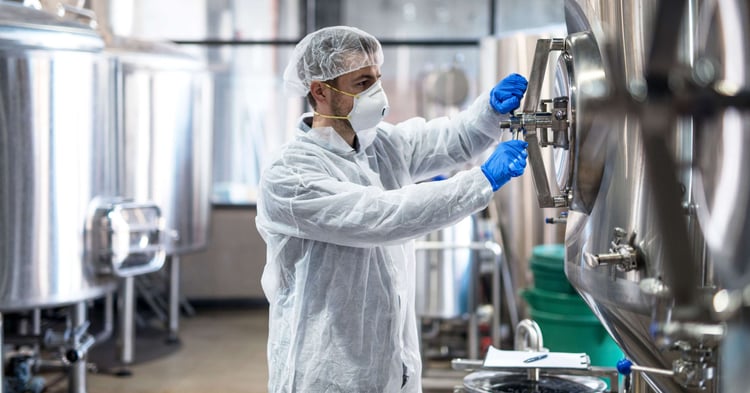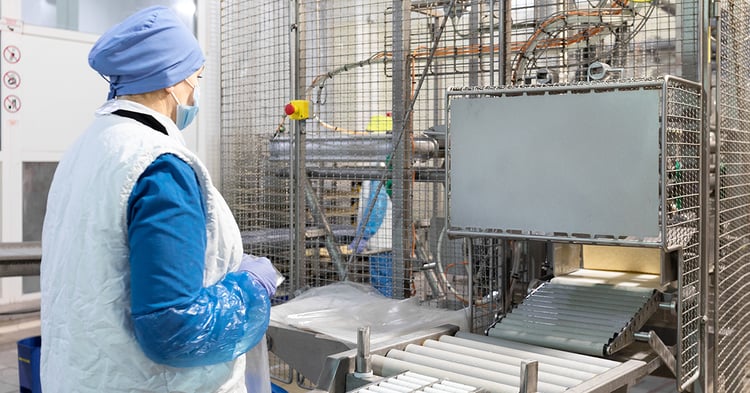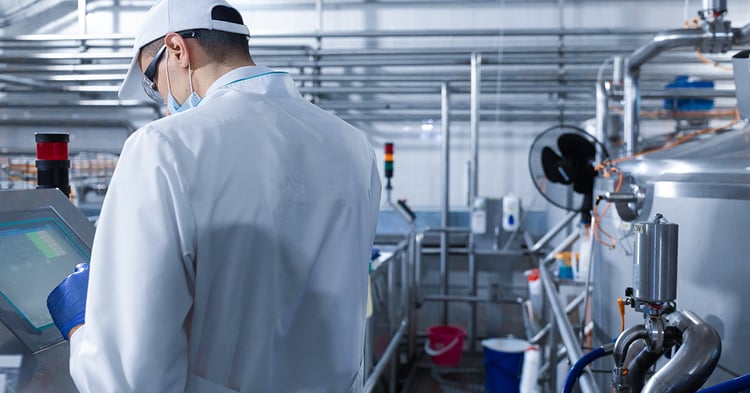![]() Be it a B2B or B2C model, any business serving a wide range of clientele calls for manufacturing. Its technology-driven productivity growth across generations continues to improve the quality of life by producing products at a reduced cost and creating employment opportunities. Effective and efficient as it is, the process itself also demands advancements to further its performance. And believe it or not, companies and governments are in a race in coming up with state-of-the-art solutions between hardware and software to gain a competitive edge.
Be it a B2B or B2C model, any business serving a wide range of clientele calls for manufacturing. Its technology-driven productivity growth across generations continues to improve the quality of life by producing products at a reduced cost and creating employment opportunities. Effective and efficient as it is, the process itself also demands advancements to further its performance. And believe it or not, companies and governments are in a race in coming up with state-of-the-art solutions between hardware and software to gain a competitive edge.
Manufacturing entered the Fourth Industrial Revolution. It’s a phase where global production looks effortlessly possible with smart technology, M2M (machine-to-machine communication), and the internet of things (IoT), among others. With all these being readily accessible, the message seems loud and clear that the future of making is digital.
But to be clear, digital wouldn’t be possible without hardware and great mechanics wouldn’t come to fruition without smart instructions. Authors and tech leaders Thomas Philbeck and Nicholas Davis are correct. Industry 4.0’s available technologies blur the lines between the physical, digital, and biological worlds. Because to stay ahead of the competition and address the dynamic needs of consumers, investments must be a balancing act between hardware and software. For real innovation to transcend, there mustn’t be a choice among them but rather a continuous collaborative effort.
Although different in terms of meaning, hardware and software are inseparable and interdependent. Two sides of a coin each with its purpose. The former refers to physical components that a machine requires to function and to do so, they are powered and advised by the programmed instructions of the latter.
Creative Job Opportunities
As simplified by the interesting analogy of freelance journalist Rich McEachran, hardware is the heart of a manufacturer that powers the production of products, whereas software serves as the nervous system that checks and delivers information if all parts are functioning correctly. Together, they enhance business efficiency, boost productivity and profits, and help workers try out different roles with meaningful tasks.
Take robotic process automation (RPA) as an example. It’s based on metaphorical software robots or artificial intelligence (AI) that took some time to become a widely successful innovation in improving operational efficiency, most notably in the finance and healthcare industries. According to the companies using it, top benefits include reducing error rates and better managing repetitive tasks, thus developing standardization of process workflow.
What’s even more interesting about RPA is that the process of automation is nothing new, but it seems a discovery of how software fuses instructions from start to finish. And with that, it sounds like there’s a false assumption that automated super-bots will replace human labor which, in turn, causes a toll on the global economy. It can be true but only for jobs with menial and repetitive tasks. Meaning to say, with their arrival comes a creation of a bigger space where people can be retrained and refocused on core business processes – those that induce creativity and intelligence, which are only for and can be propelled by human minds.
Smart Factories
Now, products, services, and human labor are located in a bigger, more creative space called a smart factory. It’s an interconnected shop floor of machines, communication mechanisms, and computing power, thereby being able to draw level with manufacturing’s nature of constant change and data and high-speed decision-making.
Smart factories sound highly digital. But again, they are composed of hardware and software and vice versa. From machines that ensure a seamless flow of assembly lines to cloud inventory systems like the MES of LiveTracking, all shop floors coming from different industries share the same objective: to optimize processes but result with efficiency and high quality.


